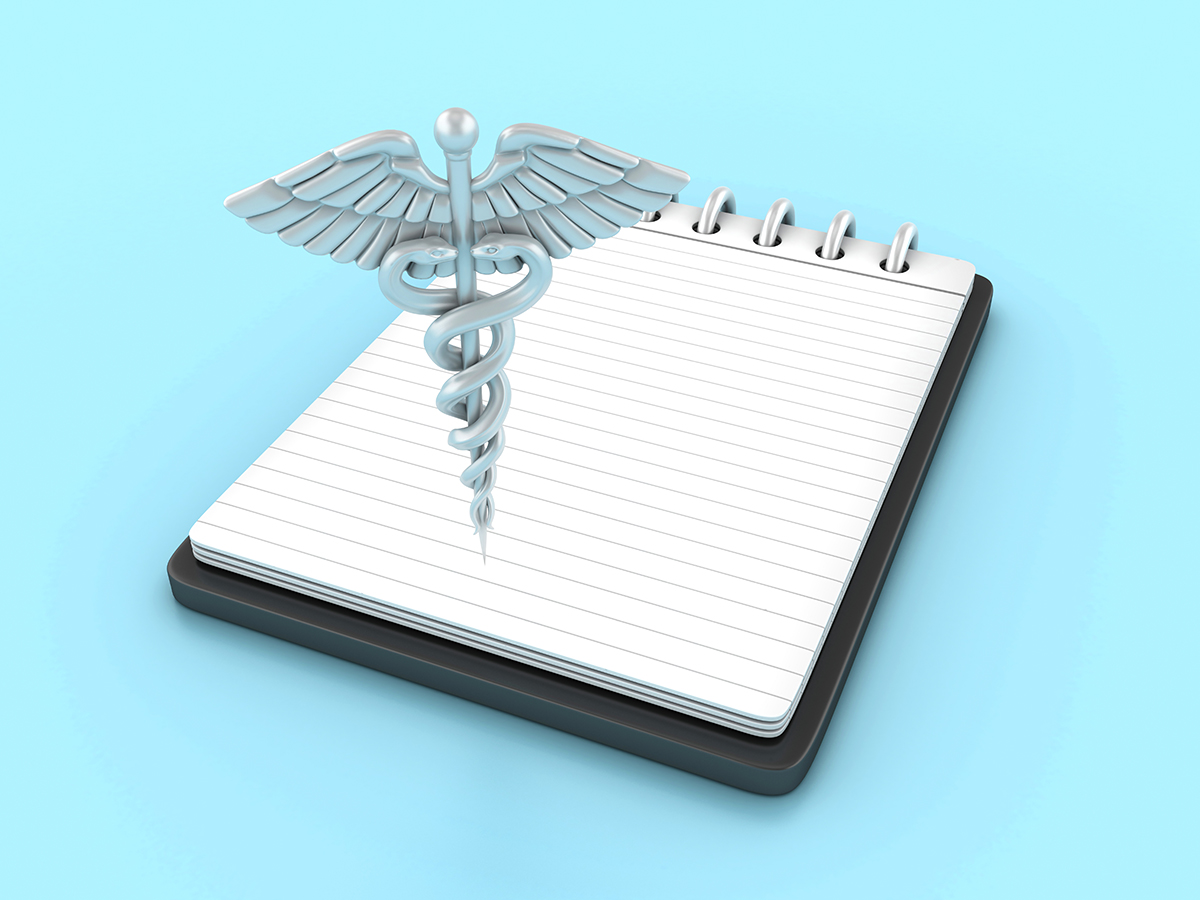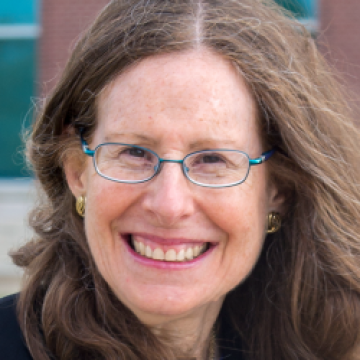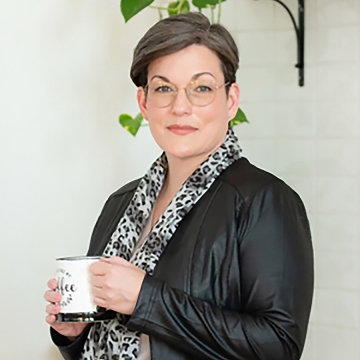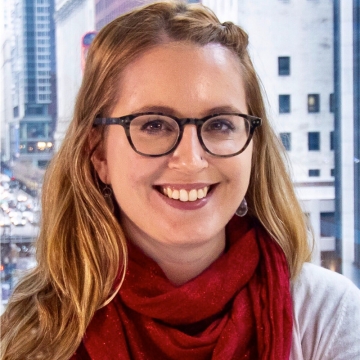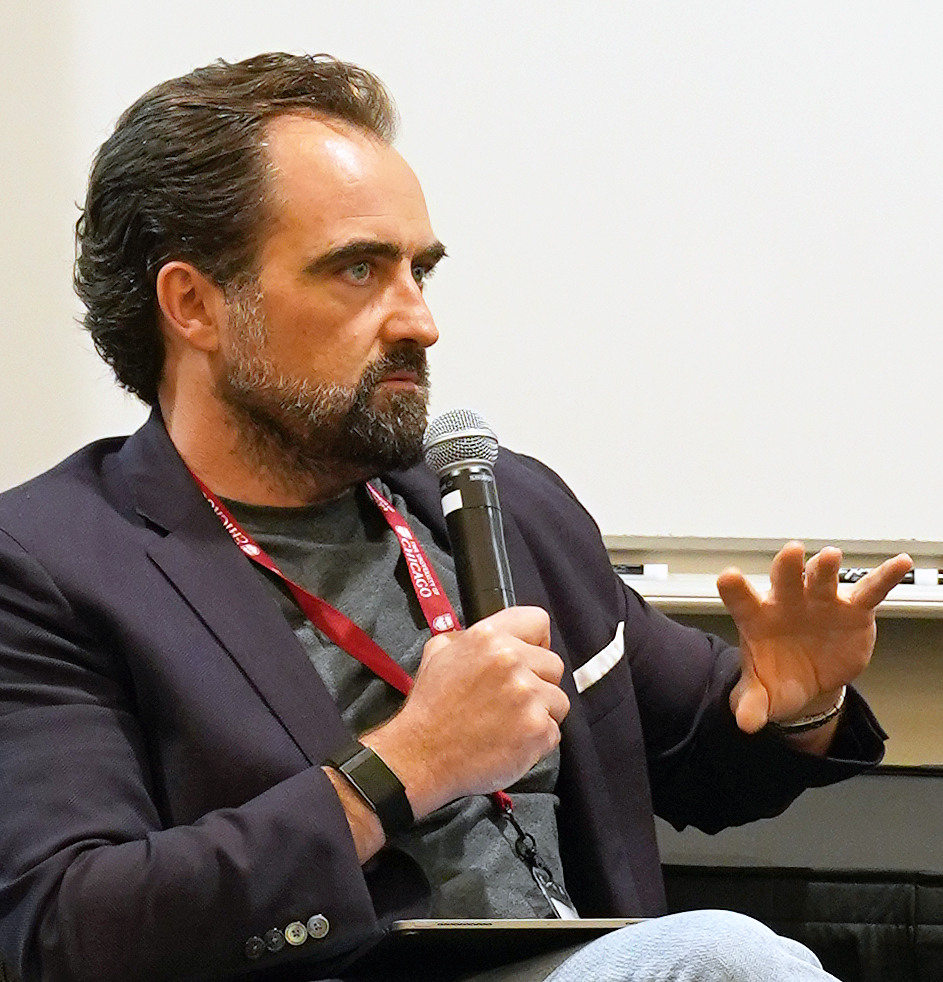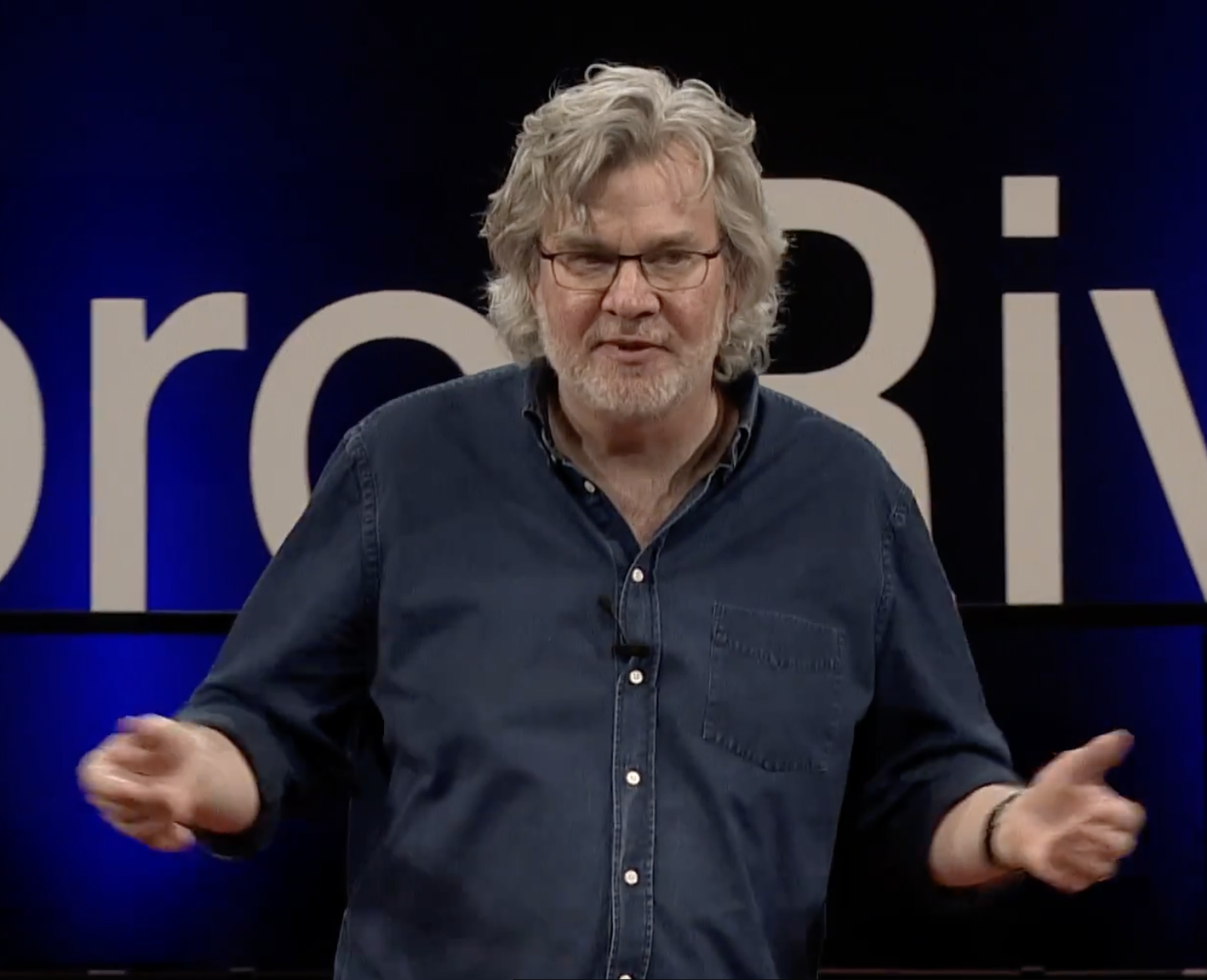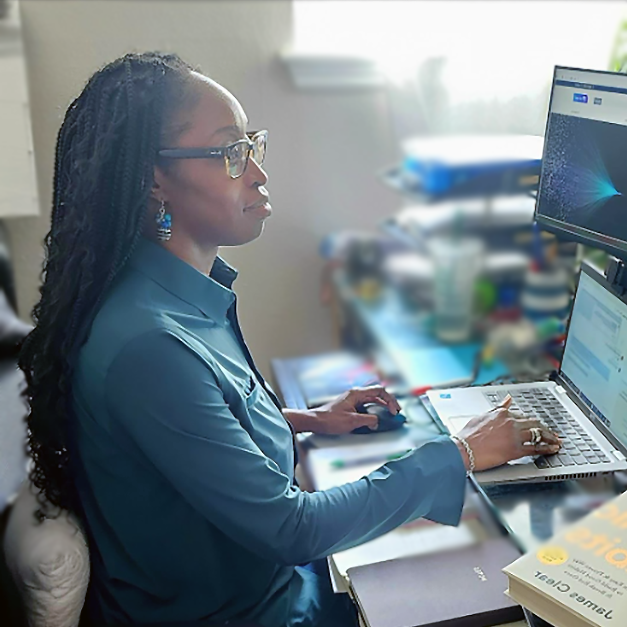At the intersection of science and storytelling, healthcare communicators now play a defining role in how medicine is understood and delivered. Their translation of complex clinical data into accessible insights influences treatment decisions, policy development, and patient outcomes. For those with scientific acumen and narrative skill, today’s medical communication landscape offers both career opportunities and platforms to meaningfully advance public health—all while managing the complexities of an increasingly digital and patient-empowered world.
Barbara Gastel, MD, MPH, a pioneer in the field since its early years—and 2024 recipient of the American Medical Writers Association (AMWA) President’s Award—has seen medical communication evolve dramatically over four decades. The shift reflects not just a need for scientific fluency, but for the ability to shape how information is interpreted and applied. “A lot of people who go into this field are like me and really interested in the subject matter of science while also being interested in the craft of writing and editing,” says Gastel, who coordinates the master’s degree program in science and technology journalism at Texas A&M University and serves as an instructor for UChicago’s Medical Writing and Editing Training Certificate program. “It’s very exciting to find a way to combine these interests.”
This passion for combining science and communication has sustained her through decades of industry evolution. “I think, perhaps most of all, it’s a field that rewards continuous learning,” she adds. “You’re constantly stimulated intellectually and working with very interesting people.”
This continuous learning has become even more important in recent years as the field has seen major changes in how health information is communicated. One major driver is the rise of artificial intelligence (AI) and digital tools. Medical communicators increasingly leverage generative AI (like large language models) to speed up literature reviews, check grammar, and personalize patient outreach—though human oversight remains essential for preserving accuracy and trust.
Holly Hagan, a biomedical scientist–turned–medical copywriter, emphasizes the centrality of human judgment and real-world understanding at a time when AI can’t reliably distinguish fact from fiction and may even invent statistics or citations. “There’s a demand for medical copywriters, and I think there will continue to be,” says Hagan, who is an instructor for UChicago’s Healthcare Communications certificate.
“There are so many nuances to the work that I don’t think AI can ever take this over 100 percent. You need to have a human who knows the process and life-critical stakes of medical communication.” Hagan’s takeaway is that writers who can harness AI effectively will be even more highly valued in the years ahead.
That human responsibility extends beyond factual accuracy to include the ethics and integrity of the message itself. To maintain trust, medical communicators follow publishing standards and health literacy best practices to ensure content is both evidence based and accessible.
At the same time, the sheer volume of medical information—driven by big data, genomics, and rapid R&D—is placing new demands on the field. Writers now have to synthesize increasingly complex material for a range of audiences by acting as bridges between scientific innovation and public understanding.
This is the space where Rachel Wedeward works every day. At the American Academy of Pediatric Dentistry (AAPD), she manages complex research projects and develops manuscripts for journal publication, drawing on deep expertise in medical database research. That same expertise informs her work as an instructor in UChicago’s Medical Writing and Editing Training Certificate program, where she teaches emerging professionals how to retrieve targeted, high-quality evidence from scientific repositories.
“Most people assume keywords and Google are enough,” Wedeward explains. “But to get the best evidence, you need to be much more precise and targeted. Articles are indexed by specific subject headings, and you need to know how to filter for study types, dates, and populations.”
Seeing opportunities to enhance her professional tool kit, particularly in manuscript development, Wedeward enrolled as a student in the very program she teaches. The move deepened her medical writing expertise while honing a skill central to today’s communication challenges: translating complex science with both accuracy and accessibility. The same evidence-based rigor required in peer-reviewed publications is now expected in patient-facing materials, as healthcare increasingly positions patients as informed participants in their care.
As this shift accelerates, medical writers are developing materials that not only meet readability and health literacy standards, but also align with regulatory guidance, patient privacy considerations, and cultural competence frameworks. For example, a medical communicator might develop a patient guide for managing diabetes or a plain language summary of a new cancer study’s results.
Diane Mabeley, a health writer who focuses on patient education, creates materials that clinicians and patients can use together. Her work spans critical areas of medicine—from Alzheimer’s and Parkinson’s diseases to postpartum depression and spinal muscular atrophy. “Health literacy results in better outcomes,” she explains. “I love being able to help someone understand it on their level. Ultimately, it’s making a difference. And that just makes me feel good.”
In work like Mabeley’s, effective patient education isn’t just about sharing information. It’s about meeting people where they are, anticipating their questions, and responding with empathy and clarity. This same principle now extends to broader health communication, where cultural nuance and community context have become as vital as clinical accuracy.
With this in mind, psychiatrist–turned–medical writer Vishwani Sahai brings a dual perspective to her work by combining her past clinical experience with a commitment to culturally responsive communication. Writing for Behavioral Health News, she’s tackled mental health stigma in the South Asian community, including a recent eight-article series on hazing and its psychological effects. She is now working on a ten-part series about South Asians and mental illness. “Coming from the South Asian community and being a psychiatrist, I notice a significant amount of stigma in mental health,” she says. “For me, it was about raising awareness about what mental health is and why it’s important.”
As healthcare shifts toward greater patient focus, the role of medical communicators is coming to the forefront. They now contribute to strategy, outreach, and the translation of scientific insights into real-world impact. In pharmaceutical and biotech settings, communicators support medical affairs and liaison roles—crafting conference materials and launching communications that connect research and clinical application.
For experienced science writers like DeLene Beeland, medical communications offered a way to expand their roles—writing not just about research, but directly contributing to how scientific advances move into clinical and commercial application. ”I went from primarily writing articles to working with different formats and audiences,” she says. “Suddenly I was thinking more strategically about who would use these materials and how they would serve different purposes—from educating patients to helping secure venture capital funding for promising medical technologies.”
She recalls one assignment—creating presentations about complex cancer diagnostics—as a turning point, when she realized she’d found the kind of professional challenge and intellectual depth she’d been looking for. “We were explaining how a diagnostic company could use blood samples instead of surgical biopsies to detect certain cancers,” Beeland recalls. “I was learning about detecting early relapses through liquid biopsies—it was fascinating, and completely different from anything I’d done before.”
Beeland’s experience reflects a broader trend. Today, medical communicators are strategic partners who tailor information for a wide range of stakeholders—from clinicians and regulators to patients and investors.
Nancy Dudek, a former laboratory scientist who developed expertise in grant writing and completed UChicago’s Regulatory Writing microcertificate, highlights a persistent skill gap in scientific communication. “There are a lot of researchers who are great at experimental design and doing experiments, but when it comes to writing about it and writing in a way that’s accessible for other people, I think that can be a rarer skill,” she notes.
At the same time, Dudek’s career path, repositioning from grant writing to technical documentation, shows that these communication skills are useful in many settings. They’re now being used not just in labs and clinics, but also in public health and health equity projects.
Gastel, whose textbook Health Writer’s Handbook has been an important reference guide for health writers since its publication in 1998—and whose new book Medical Editing: A Guide to Learning the Craft and Building Your Career will be published this November—notes how one of the overriding factors of medical communications is that “it’s a helping profession. Although you’re not directly treating patients, if you’re writing for the public, you’re helping people maintain or increase their health; if you’re writing for biomedical scientists or healthcare providers, you’re helping them to provide good healthcare or to advance medical knowledge.”
In a healthcare landscape increasingly shaped by AI, precision medicine, and calls for transparency, the work of medical communicators is becoming indispensable—not just as translators of science, but as enablers of care. Whether clarifying complex data for clinicians or guiding patients through critical decisions, their work has become a frontline service advancing health through the written word.
